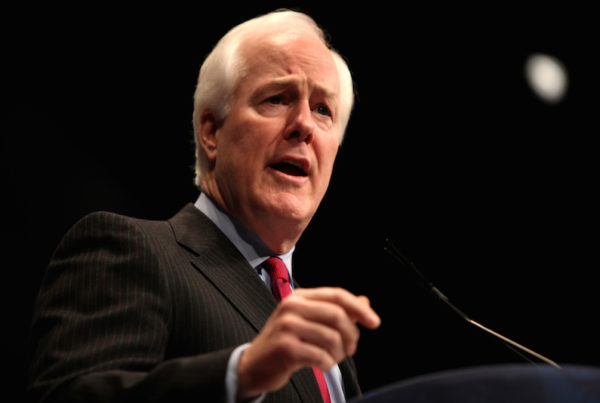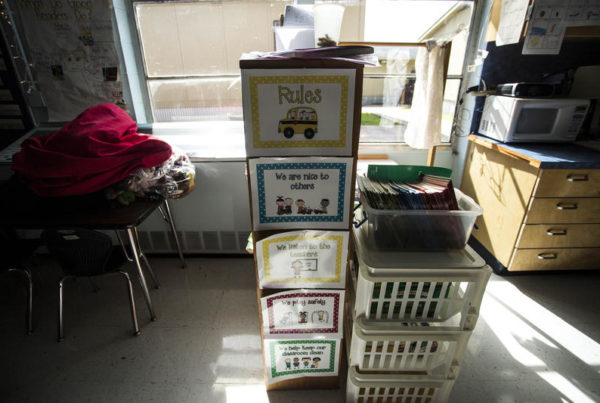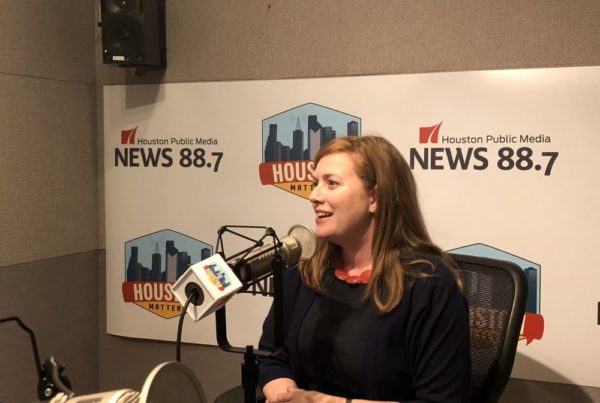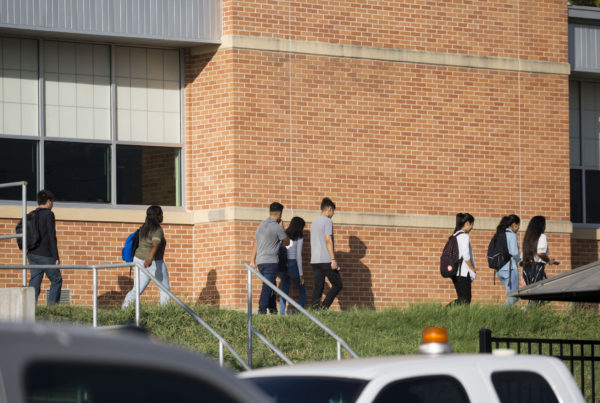An earlier version of this story said that thousands of children in Texas foster care are sexually abused. The data shows that CPS investigated thousands of reports of sexual abuse in Texas. Of those, CPS found 43 confirmed cases of sexual abuse while in foster care. We have updated this article and the audio version of the story to reflect the update.
A quick warning – some parts of this story are disturbing.
Texas children in foster care are getting pregnant at a rate five times higher than children who are not in the system. That was the shocking bottom line of a report released last month by the non-profit policy organization Texans Care for Children.
Often the response to pregnancy prevention falls into two categories – those who promote the virtues of abstinence and those who advocate for birth control. Would the outcomes be different if there were more nuances to the story?
Honestly, it wasn’t my idea to look at the nuances of pregnancy prevention. It took an expert to lead me in that direction – Dr. Monica Faulkner at the Texas Institute for Child and Family Wellbeing at UT Austin.
“When you hear things like ‘youth in foster care have a very high pregnancy rate’ we have to make sure that we don’t limit that conversation and the solutions to just birth control access,” Faulkner says. “The access is an issue but so is their holistic mental health and healing from trauma.”
Take for instance the trauma in the story of just one child in foster care. Her name is Sandra Castillo and she was a toddler when she learned what sex was. Now, as an adult, she realizes the sex she knew was not the healthy consensual kind, but the twisted kind where her mother would sell her for drugs.
“And for the longest time,” she says, “that’s all I knew.”
Castillo says sexual abuse was just part of her tragic upbringing in south Texas. She is one of four children and remembers her mother being gone for days or sometimes weeks at a time.
“So, it was up to me to, you know, to go in the dumpster, or steal from stores to feed my brothers,” she says.
When Castillo was six, police came and found the children quite literally abandoned. So began their journey in foster care, a journey that ended when Castillo turned 18 and aged out of the system.
One nuance in her story, and perhaps the first layer of trauma Castillo experienced while in foster care, was separation. She and her siblings were split up and she hated living with strangers.
“I was deemed as unruly, oppositional, defiant, uncontrollable,” Castillo says. “I was, apparently, a very bad child.”
But in fact she was a little kid who was angry, hurt, and lonely. No one had ever taught her how to properly brush her teeth or keep a clean room or how to read or write.
Her foster parents couldn’t handle her and she bounced from placement to placement. Before long, the cuteness of that six-year-old was completely gone and families no longer wanted Castillo. So, she was placed in group homes, where perhaps the second layer of trauma came into play when she was raped.
UT’s Faulkner says she’s heard stories like Castillo’s time and time again.
“You see that sexual abuse is always going to be at the top as a risk factor,” Faulkner says.
We don’t know how many children are molested or raped while in Texas foster care every year. What we do know is that in 2015, U.S. District Judge Janis Graham Jack wrote that the Texas foster care system is a place “where rape, abuse, psychotropic medication, and instability are the norm”.
She ordered sweeping changes. Still, in 2017 CPS confirms 43 children were sexually abused while in the system. What that means is that when a girl in foster care is pregnant, her pregnancy does not necessarily represent a failure of birth control access or a failure in her desire to abstain from sex. But it could very well reflect that this particular girl was raped while in foster care.
When thinking about ways to prevent pregnancies in foster care, one must consider all of the dysfunctional factors that contributed to the upbringing of these children.
Let’s flip that thinking for a second and think about a healthy first step towards sexual maturity. For many people, that would probably sound like the voices of Elisabeth Apanda, Frank Chestnut, and Madison Hesse, kids who did not grow up in foster care.
Apanda’s mother gave her a book about puberty, Chestnut remembers a sexual health class in elementary school, and Hesse recalls a conversation with her mother, who explained the changes that were happening in her body and some ways in which she needed to be careful.
But if you are the child of the state, who is responsible for your sex ed? Is it your foster parents? And if they fail, are schools supposed to serve as safety nets?
A recent study by the civil liberties non-profit the Texas Freedom Network found 25 percent of Texas school districts have no sex ed programs at all, and 60 percent of Texas school districts teach abstinence only.
Sandra Castillo says no one ever told her she would one day have a period. No one ever showed her how to use a tampon.
“That is one of the worst, when you hear something like that,” Faulkner says. “Girls who are just traumatized by getting their first period because no one talked to them.”
Despite the years of sexual abuse, Sandra Castillo did not get pregnant while in foster care. Her body wasn’t biologically ready. But she did get her first period and her first pregnancy soon after she aged out at 18. And it saddens her to admit all three of her children were unplanned.
“I didn’t plan them but I didn’t believe in abortions,” Castillo says.
Kate Murphy with Texans Care for Children, the group that produced the study on teen pregnancies in foster care, says the next step for young people like Castillo is parenting, and that comes with a ripple of challenges.
“Teens are not getting pre-natal care, which puts their health at risk and their babies’ health at risk,” Murphy says. “And then we also saw that teens in foster care are at much greater risk of their children entering foster care later.”
That’s something Castillo is trying to avoid with all her might. She and her girls recently overcame homelessness and found stable housing.
Castillo’s story continues to show that every challenge faced by children who go through the Texas foster care system is nuanced and multilayered – including the one about their sexual education and health.















